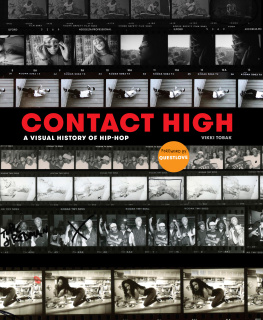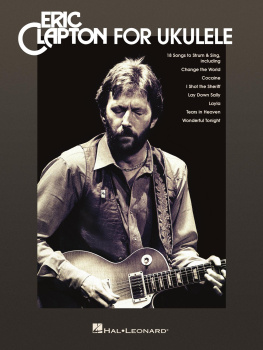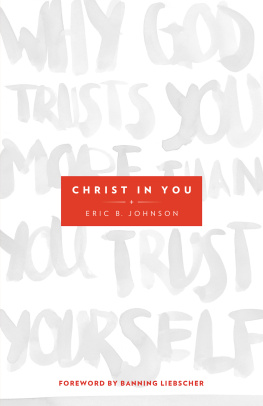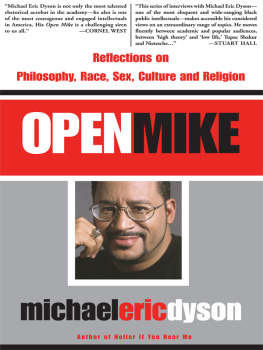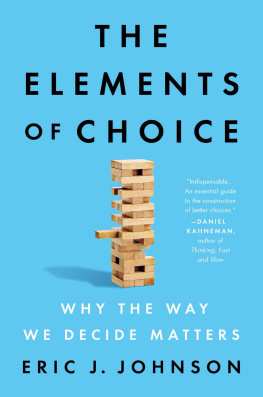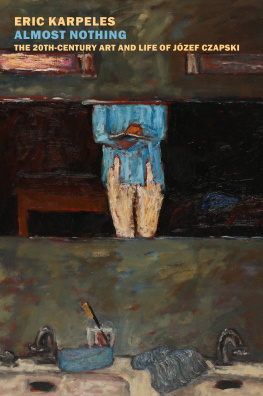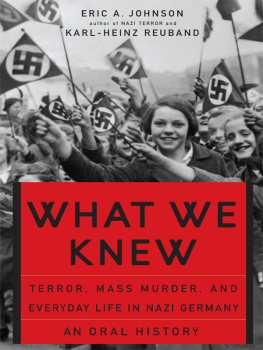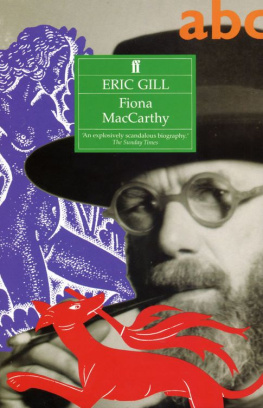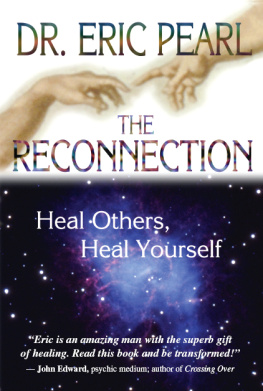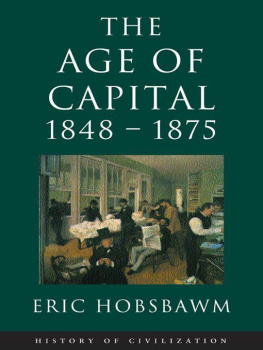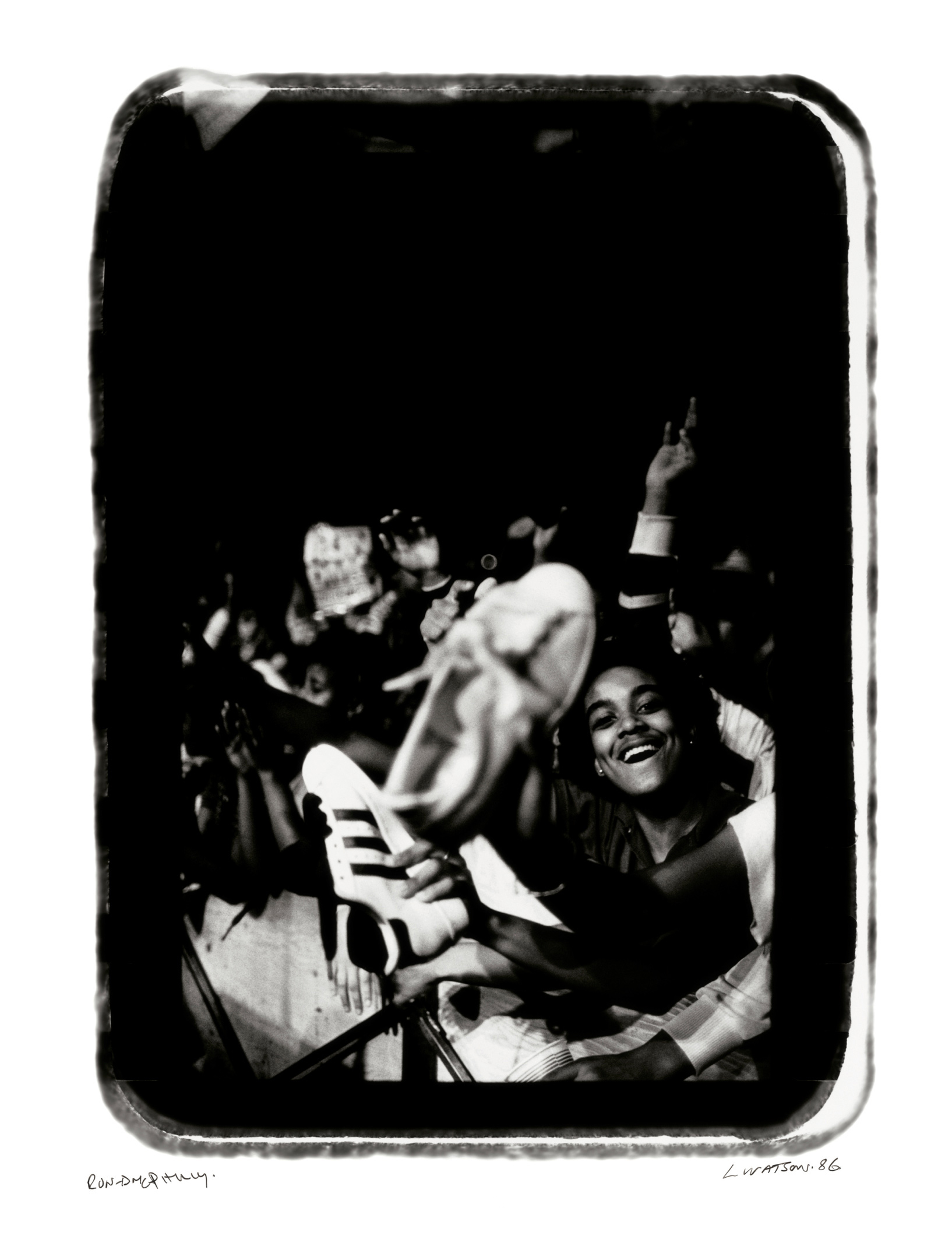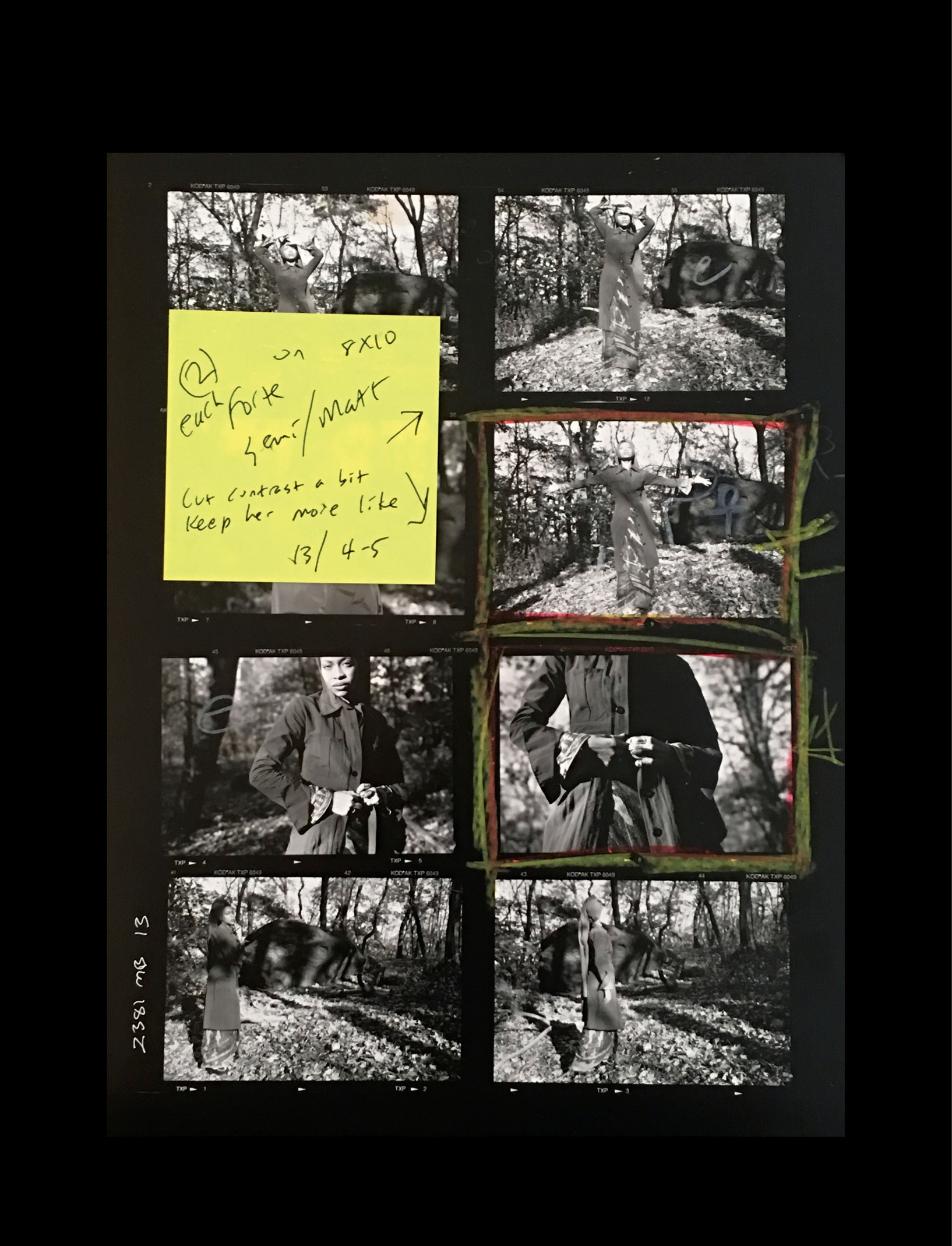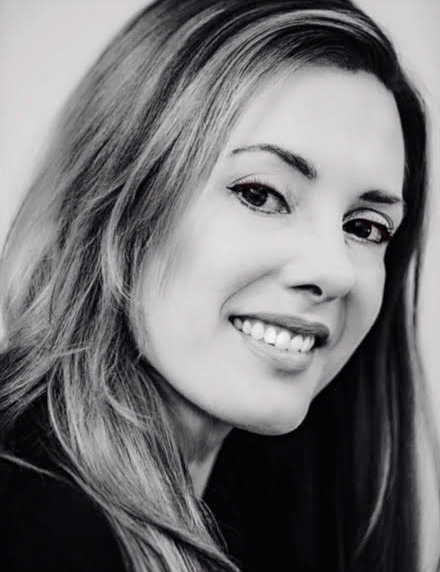Contents
ACKNOWLEDGMENTS
First and foremost, I am deeply grateful to all the photographers who generously shared their archives and stories with me and to the creative minds who contributed their scholarship to this book. That trust, spirit of collaboration, and mutual respect made this book a testament to what documenting culture means.
A deep and sincere thank you to all the amazing writers, editors, and curators Ive had the honor to work with over the years, including most recently at Mass Appeal while I researched this book. A heartfelt thank you especially to Sacha Jenkins for the early support, wise words, and sense of humor. The entire Mass Appeal team including Rob Kenner, Peter Bittenbender, Roberta Magrini, Brette Graber, Jon Colclough, Mike Steyels.
Jeff Mao, Andrea Duncan Mao, Gabe Alvarez, Noah Callahan Bever, Brent Rollins, Elliott Wilson, Danyel Smith, David Hershkovits and Paper magazine, Mickey Boardman, Kim Hastreiter, Bucky Turco, Joseph Patel, S. H. Fernando, Andrew Dosunmu, Andy Breslau, Cey Adams, Brian Coleman, Adjua and Styles P, Sheena Lester, Amy Linden, Freddy Anzures, Tresa Sanders, Lenise Logan, Nelson George, Ilyasah Shabazz, Mark Speltz, Amanda Smith and the Gordon Parks Foundation, Adrian Bartos/DJ Stretch Armstrong, DJ Clark Kent, Nick Quested, Bobbito Garcia, Franklin Sirmans, Trevor Eld, Jeff Chang, Ala Ebtekar, Max Glazer, Faith Newman, Michael Gonzales, Havelock Nelson, Yolanda Ross, Kris Ex, Siba Giba, Rob Aloia, Sohail Daulatzal, Sultan Al-Qassemi, Jessica Stafford Davis, Henry Thaggert, CeCe Chin, Carl Weston, Cristina Dulce Veran, Steve Chaggaris, Michael Pollack (special thanks!), Rob Reef Tewlow, Matty C, DJ Enuff, Darren Gold, Charlie James, Anthony Geathers, David Dee Delgado, Brent Lewis, Andre D. Wagner, Photo Rob Mayer, Lucian Perkins, Esther Anderson, Mark Ronson, Bill Spector, Bugsy, Maggie McCormick, Rob Aloia, Julie Grahame, Koe Rodriguez, Khalik Allah and 365 exposures.
Payday Records/Empire Management massive: Patrick Moxey, Neale Easterby, Dino Delvaille, Richard Ramsey, Shani Saxon, Tracii McGregor, Sarah Honda, Gordon Franklin, Panchi, Big Shug, Jeru, Dap and Malachi, Phat Gary, and Mr. Dave, and supreme love to the Elam family.
Glenda SanPedro, Leto Rankine, Eric Smith (Detroit crew), Northgate apartments and Lincoln Towers, caseworkers, Horizons Upward Bound, Focus Hope.
Laura and David Krane, Olana and Zain Khan, Heidi Abrams, Shona and Alex Macgillivray, Dena Muller, Kara Meyers, Carl Saytor at Luxlab, Duron Jackson, Jennifer Samuel, Barry Michael Cooper, Emz, Bonz Malone, Chi Modu, Narisa Ladak, Mohamed Somji, Raj Malhotra, Barry Cole, Javier Starks, John Seymour and Sweet Chick, Abdul Abdur-Rahman, Sadie Barnette, Casey Stickles, Ipe Kgositsile, Adrian Loving, Kevin Powell, Bill Bernstein, FOTODC and Svetlana Legetic, Sophie deRakoff and Kevin Bray, Nells (Jessica Rosenblum, Basil, Belinda Becker, Lucian, Darryl Dismond, Andrea Richter, Stan Williams, and all the party people).
Nobuyoshi Araki, Daido Moriyama, Masahisa Fukase, John Gossage, Nan Goldin, Gil Scott-Heron, The Last Poets, Stephen Shames, Nick Haymes, and Lena at Little Big Man Gallery.
Syreeta Gates for your dedication to archiving hip-hop culture and your help in this book.
Alexandrea Silverthorne, Kristie Chua, Jasper Kange for the design eye, James McDonough, Dapper Dan, Sybil Pennix, Misa Hylton, Groovey Lew, April Walker, June Ambrosefashion architects of a very specific visual legacy.
I want to especially acknowledge Anne Kristoff, friend, ally, and the brains behind the operation for your advice and support of the project.
A heartfelt thank you to Monika Woods, my book agent, for your guidance and support; the fantastic team at Clarkson Potter: Jenni Zellner, my awesome editor who never cracked under pressure, for your brilliance and commitment to this story; Jennifer Wang and Stephanie Huntwork for the design vision; Robert Siek, Philip Leung, Natasha Martin, and Kevin Sweeting for your enthusiasm and commitment to this project.
The good folks at Photoville: Sam Barzilay, Laura Roumanos, and Dave Shelley. A huge thank you to Gary Harris (r.i.p.) for your razor sharp instincts and sincere encouragement, and for firmly believing in this book from the jump; Allena Willis for being an amazing wingman; Bijan, Irina Tikhonova, Lydia Tobak; and to my deepest heart and soul: Nick and Cam.
ABOUT THE AUTHOR
VIKKI TOBAK is a journalist whose writing has appeared in The Fader , Complex , Mass Appeal , Paper , i-D , Vibe , the Detroit News , The Undefeated , Red Bull Music Academy Daily , and many others. She is a former producer and columnist for CNN, CBS MarketWatch, Bloomberg News, and other leading media organizations. Vikki is also the founding curator of FotoDCs film program and served as a commissioner for the Palo Alto Public Art Commission in Silicon Valley. She has lectured about music photography at American University, VOLTA NY, Photoville, and the Museum of Contemporary Art Detroit.
THE BRONX, 1979
JOE CONZO JR.
TONY TONE AND KOOL HERC
The first time Joe Conzo met Clive Kool Herc Campbell, he knew right away it was an important moment. Hed already heard all the stories about the hip-hop prodigy: about how several years earlier, the sixteen-year-old Jamaican immigrant threw a back to school party in the rec room of an apartment in the South Bronx. Or about how Herc had seemingly invented hip-hop by utilizing two turntables and a mixer to isolate the break between main sections of a song. Repeated, looped, and extended, breaks became the foundation of a new kind of music.
Conzo first met Tony Tone, a founding member of The Cold Crush Brothers, a year prior, while they all attended South Bronx High School. Conzo would travel to clubs with Cold Crush and take photos that were usually used on flyers to promote subsequent shows.
Kool Herc was already an urban legend by the time we met. I was a lot younger than him, so to actually meet this person dominating the sound system on the west side of the Bronx was a big moment. He was a big, intimidating guy, but I was able to befriend him. Herc didnt really like having his picture taken, and in fact he happens to hate this picture because his tongue is sticking out.
I was in eleventh grade at South Bronx High School when I first started photographing hip-hop. Back then, I was a chubby kid with an Angela Davis afro. I wasnt into sports or anything, but I was into photography. My Minolta SR-T 200 became my best friend and I took it everywhere. My classmates DJ Tony Tone and Easy AD had formed a group called the Cold Crush Brothers the year prior. Cold Crush got a gig playing at T-Connection, so I went with them to shoot it.
Since we were teenagers, we were only allowed inside because Cold Crush had a gig that night. It was the first night I photographed them as a group. Before this, I had only shot at park jams, so there I was, this little Puerto Rican kid just hanging out with this legendary DJ, watching other DJs do their thing. Charlie Chase was DJing that night instead of Herc, and he was playing all these disco songs that my parents listened to except he was playing them in this new way. That was the moment that hip-hop kidnapped me.


